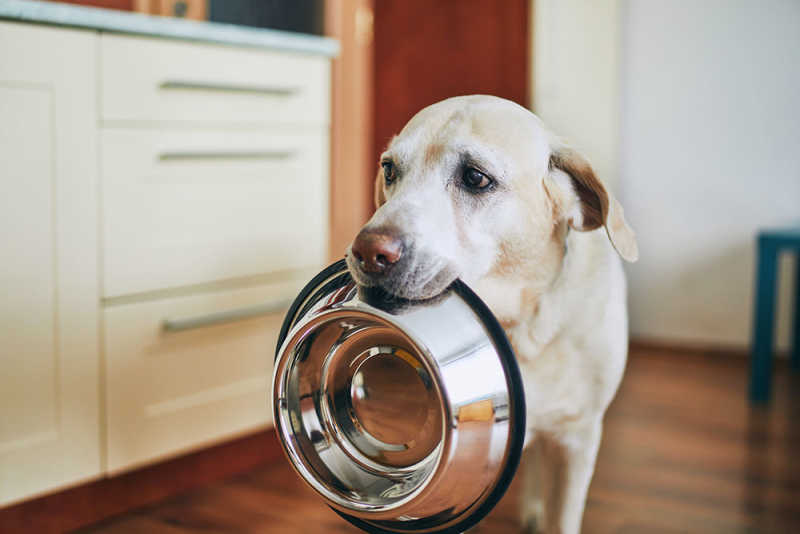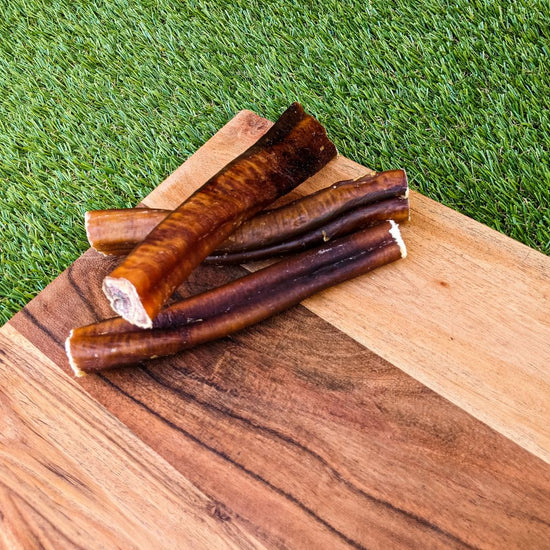
The Ultimate Guide to Creating a Balanced Diet for Your Dog: Nutritional Needs, Meal Planning, and Healthy Recipes

Providing your dog with a balanced diet is crucial for their overall health, well-being, and longevity. A well-balanced diet supports your dog's energy levels, immune system, and overall quality of life. This comprehensive guide covers everything you need to know about creating a balanced diet for your dog, from understanding their nutritional needs to meal planning and healthy recipes.
Section 1: Understanding Your Dog’s Nutritional Needs
1. Essential Nutrients: Dogs require a variety of essential nutrients to maintain their health. These include:
- Proteins: Essential for growth, muscle repair, and overall health. Good sources include meat, fish, eggs, and legumes.
- Fats: Provide energy and support healthy skin and coat. Include sources like fish oil, chicken fat, and flaxseed.
- Carbohydrates: Supply energy and support digestive health. Sources include grains, vegetables, and fruits.
- Vitamins and Minerals: Vital for metabolic functions, immune health, and bone strength. Ensure your dog’s diet includes a variety of foods to cover these nutrients.
- Water: Essential for all bodily functions. Ensure your dog always has access to fresh water.
2. Life Stage Considerations: Nutritional needs vary depending on your dog’s life stage:
- Puppies: Require more protein and fat to support rapid growth and development.
- Adult Dogs: Need a balanced diet to maintain health and energy levels.
- Senior Dogs: May require fewer calories but higher fiber content to support digestion and prevent obesity.
3. Special Dietary Needs: Some dogs have special dietary requirements due to health conditions:
- Allergies: If your dog has food allergies, opt for hypoallergenic diets with novel protein sources like duck or venison.
- Weight Management: Choose low-calorie, high-fiber foods for weight control.
- Joint Health: Foods with added glucosamine and chondroitin support joint health in older dogs.
Section 2: Choosing the Right Dog Food
1. Types of Dog Food: There are several types of dog food, each with its advantages and disadvantages:
- Dry Kibble: Convenient and shelf-stable. Look for high-quality kibble with meat as the first ingredient.
- Wet Food: Higher moisture content, which can be beneficial for hydration. Choose brands with natural ingredients and no artificial additives.
- Raw Diet: Comprises raw meat, bones, fruits, and vegetables. Consult your vet before switching to a raw diet to ensure it meets all nutritional needs.
- Homemade Diet: Allows control over ingredients but requires careful planning to ensure a balanced diet. Work with a veterinary nutritionist to develop recipes.
2. Reading Dog Food Labels: Understanding dog food labels is crucial for selecting a nutritious diet:
- Ingredients List: Look for named protein sources (e.g., chicken, beef) as the first ingredient. Avoid foods with generic terms like “meat meal” or “animal by-products.”
- Guaranteed Analysis: Provides nutrient percentages. Ensure the food meets the minimum requirements for protein and fat.
- AAFCO Statement: Indicates the food meets the nutritional standards set by the Association of American Feed Control Officials (AAFCO) for your dog’s life stage.
3. Avoiding Harmful Ingredients: Certain ingredients can be harmful to dogs. Avoid foods with:
- Artificial Preservatives: Such as BHA, BHT, and ethoxyquin.
- Artificial Colors and Flavors: Opt for natural alternatives.
- High Sugar Content: Can lead to obesity and other health issues.
Section 3: Meal Planning and Portion Control
1. Determining Daily Caloric Needs: Your dog’s caloric needs depend on their age, size, activity level, and health status. Consult your vet to determine the appropriate daily caloric intake for your dog.
2. Establishing a Feeding Schedule: Consistency is key. Establish a regular feeding schedule to help regulate your dog’s digestion and metabolism. Most adult dogs do well with two meals per day, while puppies may need three to four smaller meals.
3. Portion Control: Overfeeding can lead to obesity, which is linked to various health issues. Measure your dog’s food portions accurately and adjust based on their activity level and body condition.
Section 4: Healthy Homemade Dog Food Recipes
1. Chicken and Vegetable Stew: This recipe provides a balanced mix of protein, vegetables, and grains.
-
Ingredients:
- 1 lb. boneless, skinless chicken breast
- 1 cup brown rice
- 1 cup chopped carrots
- 1 cup chopped green beans
- 1/2 cup peas
- 1 tbsp. olive oil
-
Instructions:
- Cook the chicken breast thoroughly and cut it into bite-sized pieces.
- Cook the brown rice according to the package instructions.
- Steam the carrots, green beans, and peas until tender.
- Combine the chicken, rice, and vegetables in a large bowl.
- Drizzle with olive oil and mix well.
- Allow to cool before serving.
2. Beef and Sweet Potato Mix: A hearty meal rich in protein and fiber.
-
Ingredients:
- 1 lb. lean ground beef
- 1 large sweet potato, peeled and diced
- 1/2 cup chopped spinach
- 1/2 cup blueberries
- 1 tbsp. flaxseed oil
-
Instructions:
- Cook the ground beef in a skillet until fully browned.
- Boil the sweet potato until tender.
- Steam the spinach until wilted.
- Combine the beef, sweet potato, spinach, and blueberries in a large bowl.
- Add the flaxseed oil and mix thoroughly.
- Allow to cool before serving.
3. Fish and Quinoa Delight: A nutritious meal with omega-3 fatty acids and high-quality protein.
-
Ingredients:
- 1 lb. salmon fillet
- 1 cup quinoa
- 1/2 cup chopped zucchini
- 1/2 cup shredded carrots
- 1 tbsp. coconut oil
-
Instructions:
- Cook the salmon fillet thoroughly and flake it into small pieces.
- Cook the quinoa according to the package instructions.
- Steam the zucchini and carrots until tender.
- Combine the salmon, quinoa, zucchini, and carrots in a large bowl.
- Add the coconut oil and mix well.
- Allow to cool before serving.
Section 5: Monitoring Your Dog’s Health
1. Regular Vet Check-Ups: Schedule regular veterinary visits to monitor your dog’s health and adjust their diet as needed. Your vet can provide tailored nutritional advice based on your dog’s specific needs.
2. Weight Management: Regularly weigh your dog and check for signs of weight gain or loss. Adjust their diet and exercise routine accordingly to maintain a healthy weight.
3. Coat and Skin Health: A shiny coat and healthy skin indicate good nutrition. If you notice dullness, excessive shedding, or skin issues, consult your vet to adjust your dog’s diet.
4. Energy Levels and Behavior: Monitor your dog’s energy levels and behavior. Changes in energy or mood can be indicators of dietary deficiencies or health issues.
Conclusion
Providing your dog with a balanced diet is essential for their overall health and well-being. By understanding their nutritional needs, choosing the right food, and following a consistent feeding schedule, you can ensure your furry friend enjoys a long, healthy, and happy life. Remember, regular vet check-ups and monitoring your dog’s health are crucial to maintaining their well-being. With the right diet and care, your dog will thrive and be a loving companion for years to come.
FAQs:
Q: How do I know if my dog’s food is nutritious? A: Look for high-quality ingredients, a balanced nutrient profile, and an AAFCO statement indicating the food meets nutritional standards.
Q: Can I feed my dog a vegetarian diet? A: While dogs are omnivores, a vegetarian diet can be challenging to balance. Consult a veterinary nutritionist to ensure it meets all nutritional needs.
Q: How often should I change my dog’s food? A: Gradual transitions are best when changing your dog’s food. Introduce new food slowly over a week to prevent digestive upset.
For more detailed information and resources, you can visit AKC, ASPCA, and Dog Nutrition.






